Spinel Quality Factors
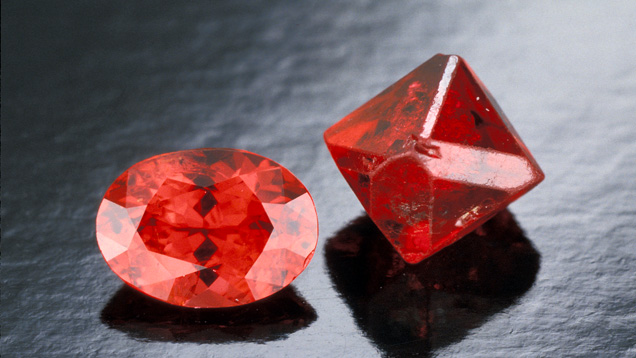
Spinel comes in a variety of colors, but the most commercially important are red and pink. Mauve- or lilac-colored spinels are also attractive, and some blue spinel colors can be intense.
Red, pink, lilac, and blue are commercially important spinel colors.
ColorSome spinel colors are more rare and valuable than others. In general, red spinel is the most desirable, followed by fine cobalt-blue spinel, then by vibrant hot pink and vivid orange stones. Violet and bluish purple to purple, or lavender, stones tend to be less attractive, and less in demand than other, rarer colors.
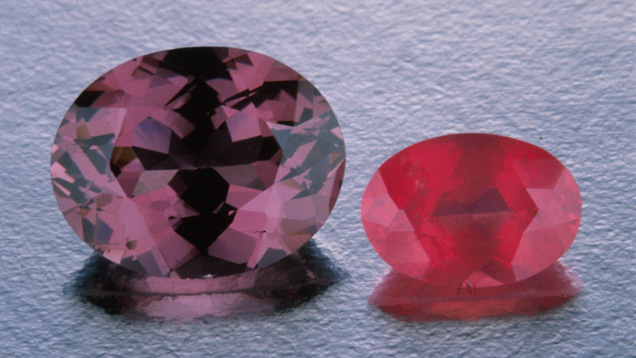
Spinel can be found in intense pink to red to purple colors.
Red spinel ranges from orangy red to purplish red, with pure red to slightly purplish red hues of medium to medium-dark tone considered the finest of all. A top-quality 5-ct. red spinel might sell for around a tenth the price of an equivalent-quality ruby, and pink spinel often sells for less than pink sapphire.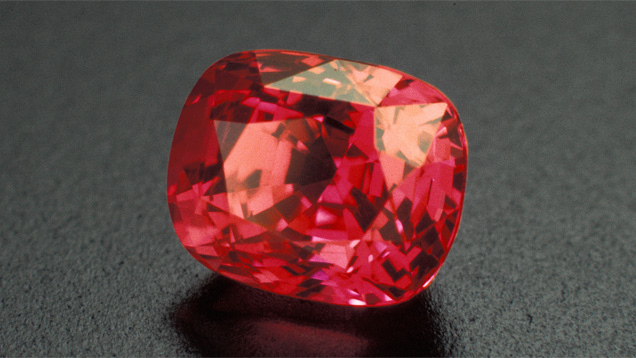
Myanmar also produces fine pink spinel. - Courtesy Pala International
Spinel has been making a name for itself over the last couple of decades, and demand for fine stones well exceeds supply. In fact, spinel is in great demand among gemologists and gem connoisseurs. This has, to some degree, closed the spinel vs. ruby-and-sapphire price gap.Blue spinel hues range from violet blue through very slightly greenish blue.
Most stones have low saturation, and the blue hues take on a distinctly grayish look. The best and most highly valued blue spinel colors parallel blue sapphire, with intense violet-blue to pure blue colors that are neither too dark nor too light.
Clarity
Spinel that has no inclusions visible to the eye is more valuable than spinel with inclusions that can be seen. The more visible any inclusions are, the more the value drops.
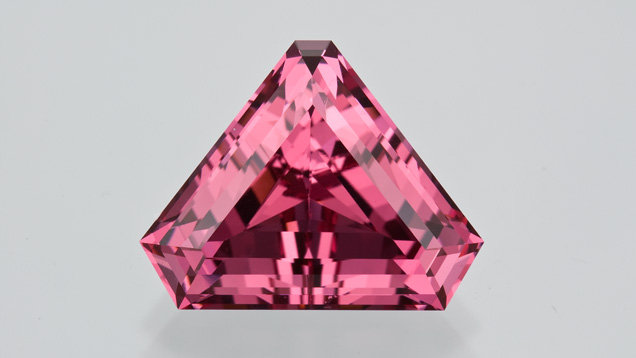
Spinel without any eye-visible inclusions is highly valued.
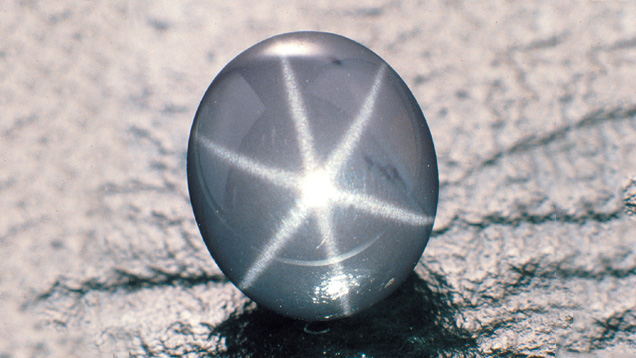
Well-placed inclusions can cause the star effect in spinel.
Spinel can have some very beautiful inclusions that reflect the gem’s usual octahedral crystal growth. Some appear in groups that resemble human fingerprints.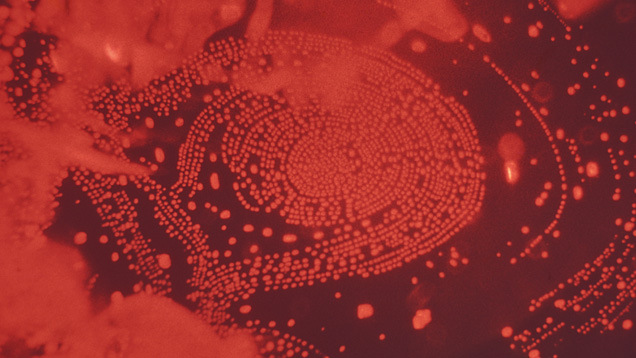
This inclusion in a spinel has the appearance of a human fingerprint.
CutSpinel is cut in a variety of shapes and cutting styles. As with many colored stones, ovals and cushion shapes are very popular.
The cutter often decides on the gem’s final shape based on the potential weight recovery from the rough. - © GIA & Tino Hammid, courtesy Gordon Bleck
Because of the scarcity of spinel on the market, most fine-quality rough is cut in non-standard sizes to save weight, instead of in standard industry sizes. The standard-cut, or calibrated, stones that are available tend to be mixed-cut ovals, usually in 6×4-mm and 7×5-mm sizes, suitable for center stones in rings. Commercial qualities are more commonly cut to standard sizes for jewelry.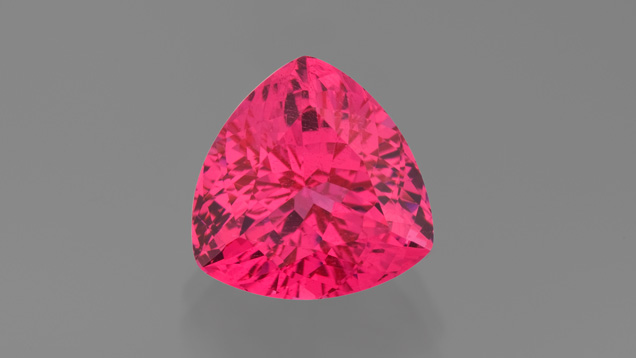
This intense pink spinel from Tanzania is a well-cut, very bright stone. - Courtesy Edward Boehm, JOEB Enterprises
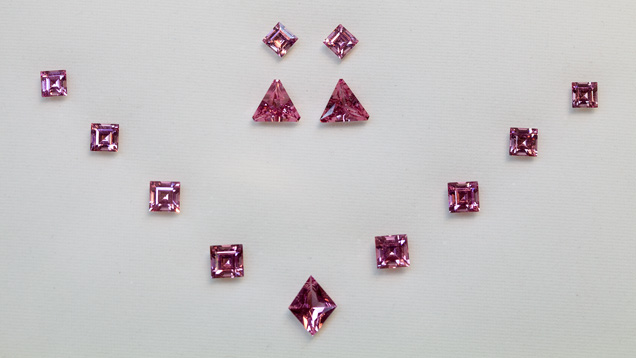
Matched sets of large, high-quality, well-cut spinels are very rare. These stones from Tajikistan will be used for a very high-end jewelry suite. - Courtesy Pamir Gems Co. Ltd
Carat WeightLarger spinel sizes rise considerably in per-carat price. Availability drops and prices rise sharply for fine red, pink, and blue stones above five carats.
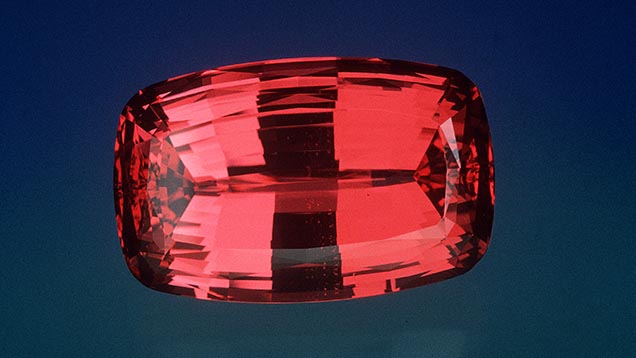
This 123.14-ct. spinel was cut from a 532-ct. piece of rough that came from Tajikistan’s Pamir Mountains. - Courtesy Evan Caplan, Los Angeles



